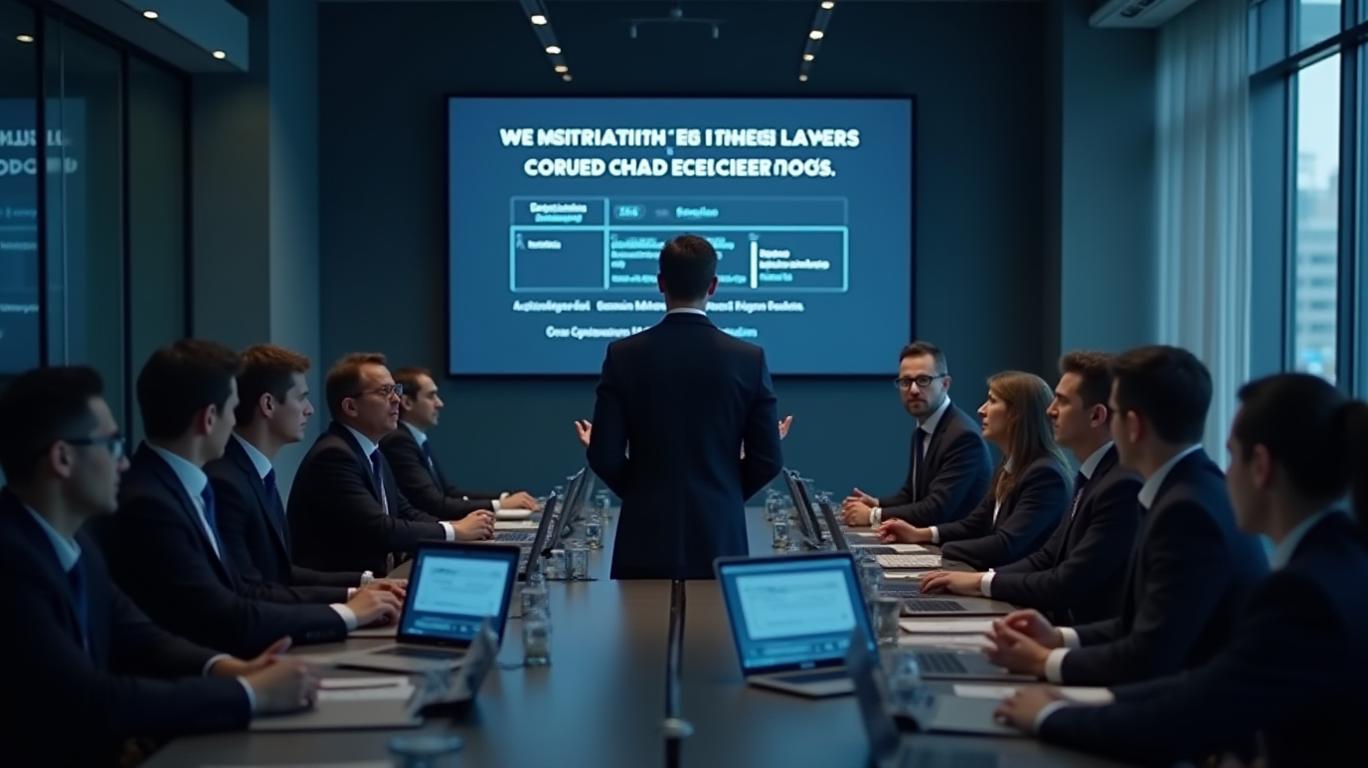AInvest Newsletter
Daily stocks & crypto headlines, free to your inbox
The Ethereum Foundation (EF) is intensifying its efforts to enhance the Layer 1 network and improve user experience through a series of upcoming protocol upgrades. This strategic shift was confirmed by Tomasz Stańczak, the incoming co-director at EF, who announced that the organization is reorienting its research priorities. The new focus will be on Layer 1 performance, continued support for Layer 2 expansion, and addressing usability challenges within the Ethereum ecosystem.
Stańczak emphasized that the upcoming upgrades, which could include Pectra, Fusaka, and Glamsterdam, will be rolled out across several protocol updates. He noted that extensive internal discussions around Ethereum’s roadmap have garnered strong support from the developer community. However, he also stressed the need for consistent effort from researchers and core developers to turn these concepts into live upgrades.
Stańczak also mentioned that some of Ethereum’s long-term initiatives might arrive earlier than initially projected. This acceleration is attributed to the growing contributions from the research community. He highlighted that projects initially slated for three to five years away could be expedited to within one or two years through initiatives such as next-generation execution and consensus layers.
In addition to the strategic shift in focus, the Ethereum Foundation has also announced leadership changes. Vitalik Buterin, the co-founder of Ethereum, will now concentrate exclusively on research and exploratory work. According to Stańczak, this move aims to free up more of Buterin’s time for research and exploration, rather than day-to-day coordination or crisis response. Buterin’s insights have frequently catalyzed progress in critical areas, including zkVM development, RISC-V research, and privacy-enhancing technologies. These contributions have helped realign Ethereum’s core mission while opening new technical frontiers.
Stańczak clarified that Buterin’s proposals are not final decisions but are designed to spark conversation and encourage critical community input. He also stressed the importance of peer review and the freedom to challenge ideas, saying that community review may refine or even reject Buterin’s proposals. This approach ensures that the Ethereum community remains engaged and that innovative ideas are thoroughly vetted before implementation.

Quickly understand the history and background of various well-known coins

Dec.02 2025

Dec.02 2025

Dec.02 2025

Dec.02 2025

Dec.02 2025
Daily stocks & crypto headlines, free to your inbox
Comments
No comments yet